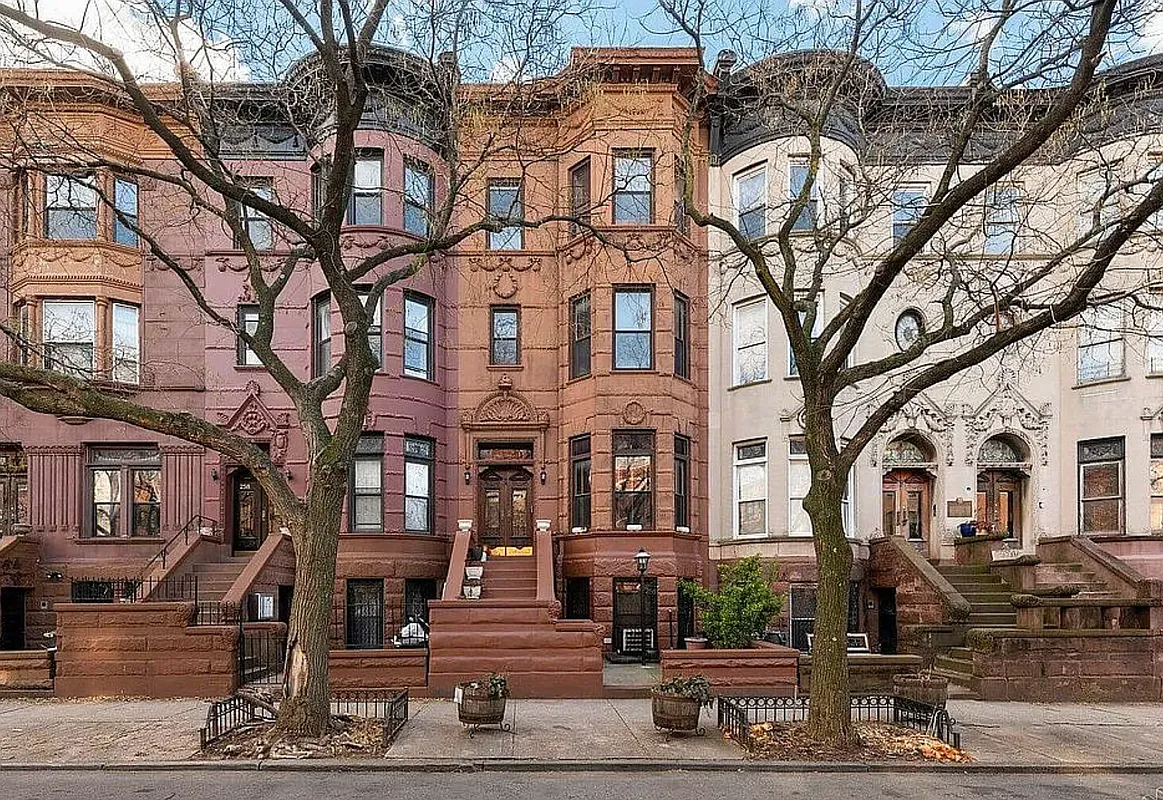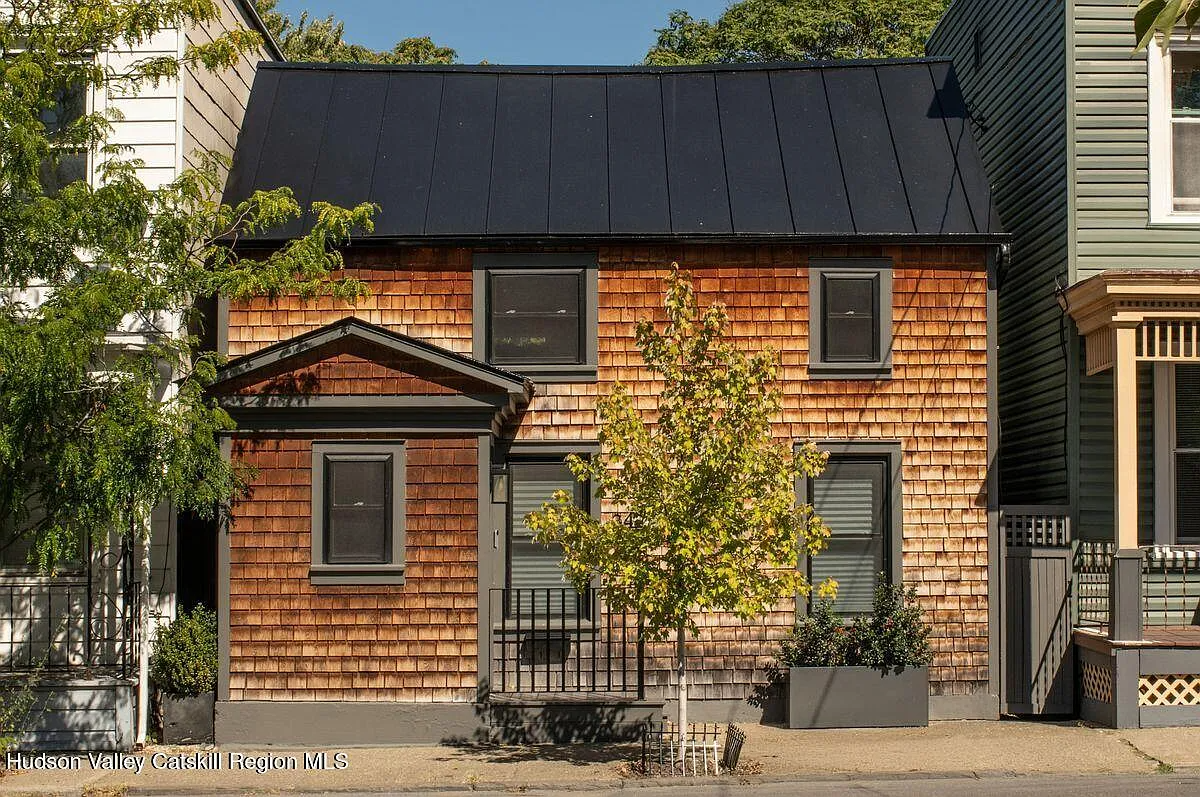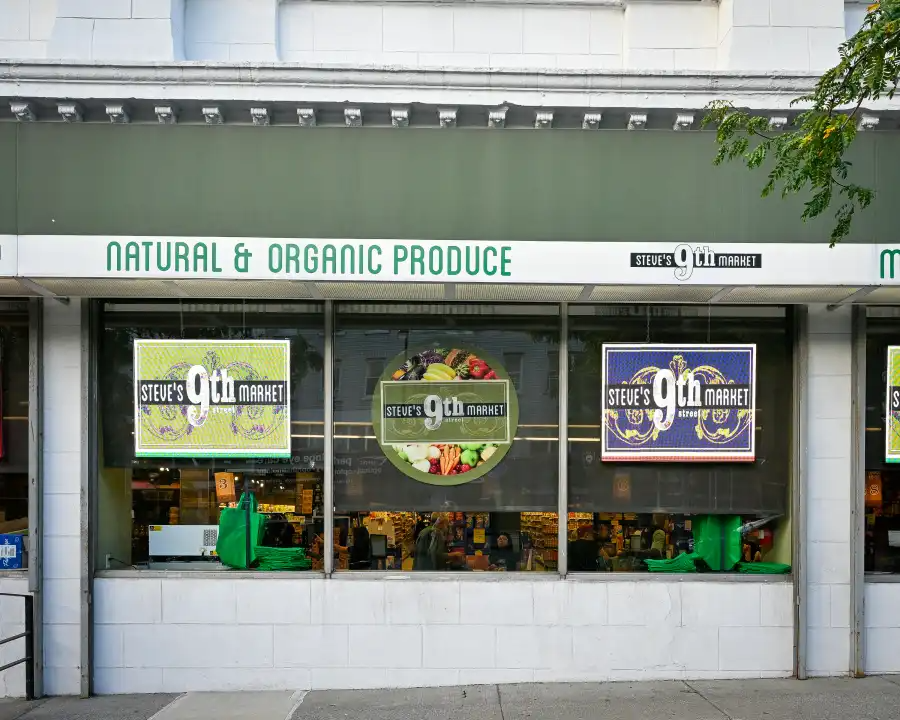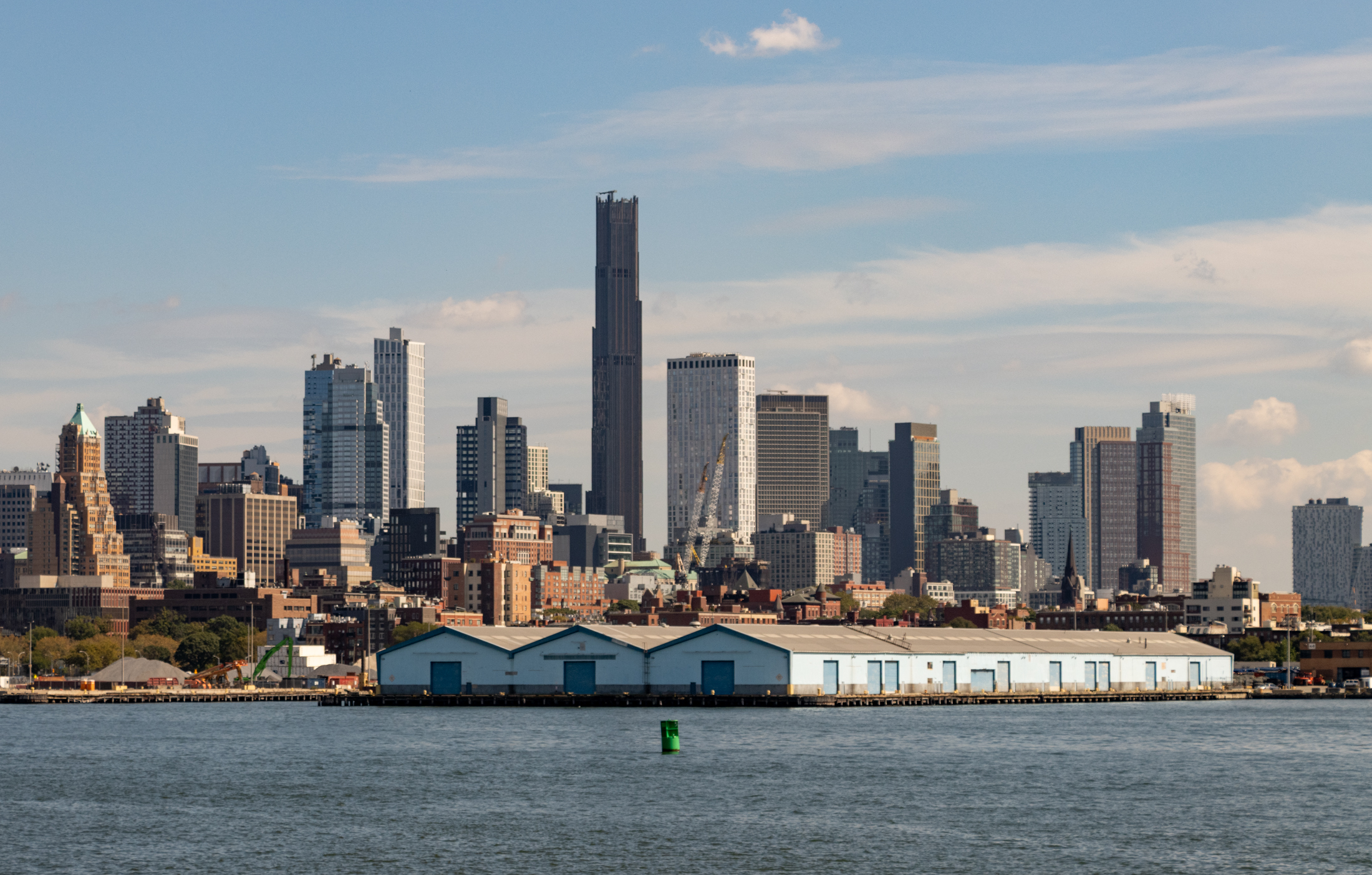Wrestling with Fort Greene's Transformation
In a first-person piece in The Times this weekend, artist Nelson George laments how Fort Greene has changed since he and his black artist contemporaries put down roots in the leafy brownstone neighborhood more than two decades ago. We’re interested to hear how the essay struck readers. What we thought was missing from the article…


In a first-person piece in The Times this weekend, artist Nelson George laments how Fort Greene has changed since he and his black artist contemporaries put down roots in the leafy brownstone neighborhood more than two decades ago. We’re interested to hear how the essay struck readers. What we thought was missing from the article was an acknowledgment of the current generation of black artists and intellectuals in the neighborhood and how they feel about the composition of the neighborhood. A mention of a place like Madiba where the diversity of the area is on full display, for example, would have added some valuable context for his discussions of the clientele at the Brooklyn Moon. Then again, this wasn’t meant to have been anything more than one man’s coming to terms with the changes around him. Thoughts?
Fort Greene: Strangers on His Street [NY Times]
Photo by niznoz





Neil,
The Lenape in Manhattan must have really started complaining when the Canarsie band — who lived here in Brooklyn and had no real claim to the land themselves — flipped the island to the Dutch right out from under them. So some things really never change in NY real estate.
I agree with @benson – this is a nation-wide phenom. I lived in Chicago for 20 years and 2 in Pittsburgh before moving to Brooklyn (been here for 10), and I saw the same things happening there.
The demographic and mass cultural shifts have had a huge impact on the way people interact with each other and their environment. The privatization of entertainment and the atomization of culture, a dramatic reduction in crime, a significant increase in material wealth, the relaxation of institutionalized racism and classism, and the shift of the economy from mass-industrial to service and online have all contributed.
Places change, especially cities, all the time and its not going to stop. I’m sure the Lenape (Native Americans) were complaining when the Dutch showed up and people haven’t stopped since.
I know, benson! Seems like we have to have more glitz, more lights, more stuff- less story and music. You’re right, it isn’t all Bloomberg’s fault- it just seems to me he has facilitated the process though.
This is actually the most interesting part of the page,considering it refers to a NY Times article, but from 150 years ago:
New York Times, 1858, “Homes of the Poor” “The poverty stricken condition of the inhabitants residing in the Fort Green (sic)/Clinton Hill district] of Brooklyn render it almost an unknown land,”. Focusing on a certain section of the east Brooklyn area defined as “between Flushing and Dekalb Avenues, as far east as Classon Avenue and as far west as Ryerson, extending across Fulton Avenue,” the Times item said the real estate boom has resulted in class conflict among a majority of the area’s longtime residents (identified as “renters or squatters”) and its new neighbors—middle to upper income homeowners (identified as out-priced Manhattanites attracted to the spatial wealth of Brooklyn and able to afford the high price of its grand scale Neo-Gothic brownstones.) The paper further explained the conflict as one that had existed for some time, evidenced perhaps by a letter to the editor of a local Brooklyn paper published prior to the Times profile. The author, a new homeowner, wrote “Perchance there are but few places about more desirable for residences, or more pleasant for our evening walks…(but) on every side filthy shanties are permitted to be erected from which issue all sorts of offensive smells…It is indeed a fact that many of the inmates of these hovels keep swine, cattle, etc. in their cellars and not an unusual circumstance to witness these animals enjoying side by side with their owners the cheering rays of the sun; whilst offal and filth of the assorted family is suffered to collect about their premises and endanger the lives of those in their neighborhood by its sickening and deadly effluvia.” [3]
There hasn’t been a single weekend NY TIMES section in the past year that hasn’t worshipped Ft. Greene. I’m a resident and I can be biased (pro-) about my neighborhood, but this is getting ridiculous and suspicious even for me. WHAT IS IN IT FOR THE TIMES? I don’t believe they simply have a psychotic, unrelenting crush on the area. Did they buy an office building here? Do all the editors own here? What’s going on?
Secondly, some of my wealthier black friends are moving to Ft Greene from Manhattan (music industry people mostly). What are they considered, in this oldtimer/newbie, black/white kindergarten fingerpainting of the area?
Lastly, a lot of this conflict isn’t new.
1870’s: “As Manhattan became more crowded, the poor as well as the well-off made Fort Greene their home, and the unoccupied areas of Myrtle Avenue became a shanty town known as “Young Dublin”.”
!920’s: “Fort Greene in the early 20th century became a significant cultural destination. After the original Brooklyn Academy of Music in Brooklyn Heights burned down in 1903, the current one was built in Fort Greene, and opened in 1908 with a production of Charles Gounod’s Faust featuring Enrico Caruso and Geraldine Farrar (Caruso suffered a throat hemorrhage while singing at BAM in 1920 and died several days later). At the time, BAM was the most complexly designed cultural center in Greater New York”
(wikipedia)
Bxgrl and Denton;
I agree with your sentiments, but I’m not sure I would pin it on Bloomberg. It’s a nationwide trend in our culture, and a large topic. I used to love to go to Broadway shows, but I’m really turned off these days. Many of the newer shows are nothing more than Vegas-style revue’s.
The article brought back a lot of memories of my short stay in Ft. Greene.
In the late 1980’s our first apartment was a parlor/ground floor duplex on Lafayette and Adelphi. The only black artists we met were some of the actors from “She’s Gotta Have It,” when a filmmaker friend shot a short in our living room. What we liked about the neighborhood was that it was pretty friendly, like Richmond where we had last lived.
Our landlord, who lived above us, was a Mobil executive and black, his wife a white homemaker; we are white. There weren’t many other white people in the neighborhood. We met a lot of neighborhood children since we lived next to their ringleader, Dawn, who was incessant in her visits. We would have small groups of girls into our small backyard and do stuff like have tea parties and teach them how to do cartwheels.
The place had a bidet in the ground floor bath. We never used it but were surprised one day to find that Daw was demonstrating its use as a water fountain to the two little girls she’d brought with her that day.
One of our roommates was very absent-minded and frequently went to the bodega without locking the gate under the stoop. One day my sister and I came home to see a black man in a pastel green, 1970’s style, wide-brimmed, plastic-straw hat emerging from the apartment. He was carrying a gym bag and pushed quickly past us. We didn’t think mush of it since people constantly knocked on our door or stopped us in the street asking for food or money. Turned out hat guy had pulled a knife on my sister’s boyfriend and taken a bunch of costume jewelry and other junk. Our look through mug shots at the police departement was fruitless, but later we identified the guy from an Andres Serrano photo where he sported the same hat.
Me neither, denton. I remember the Great White Way.
“look at what they want to do with Coney Island. ”
Yeah bxgirl, look what they did to Times Square. I ain’t being facetious either.